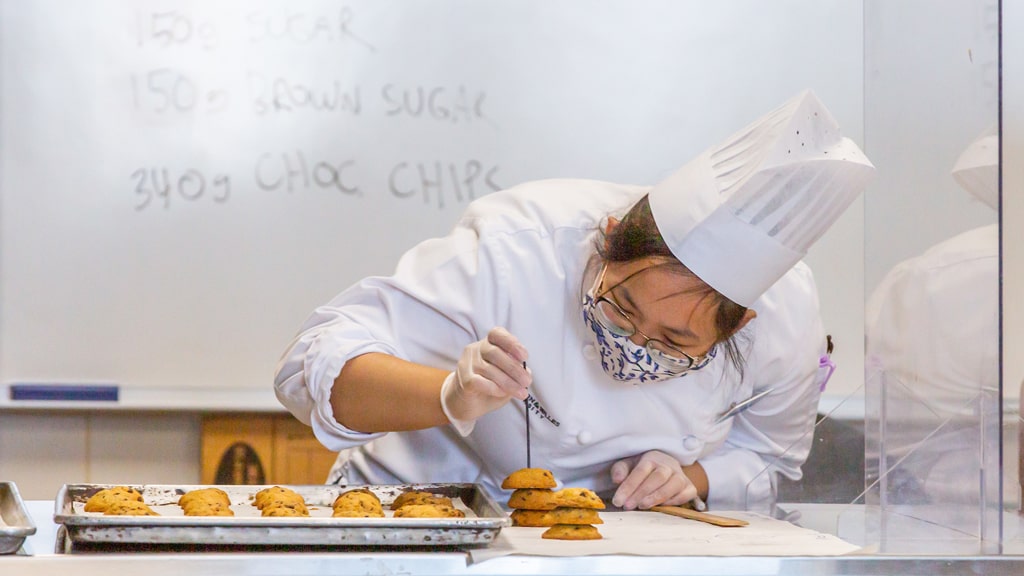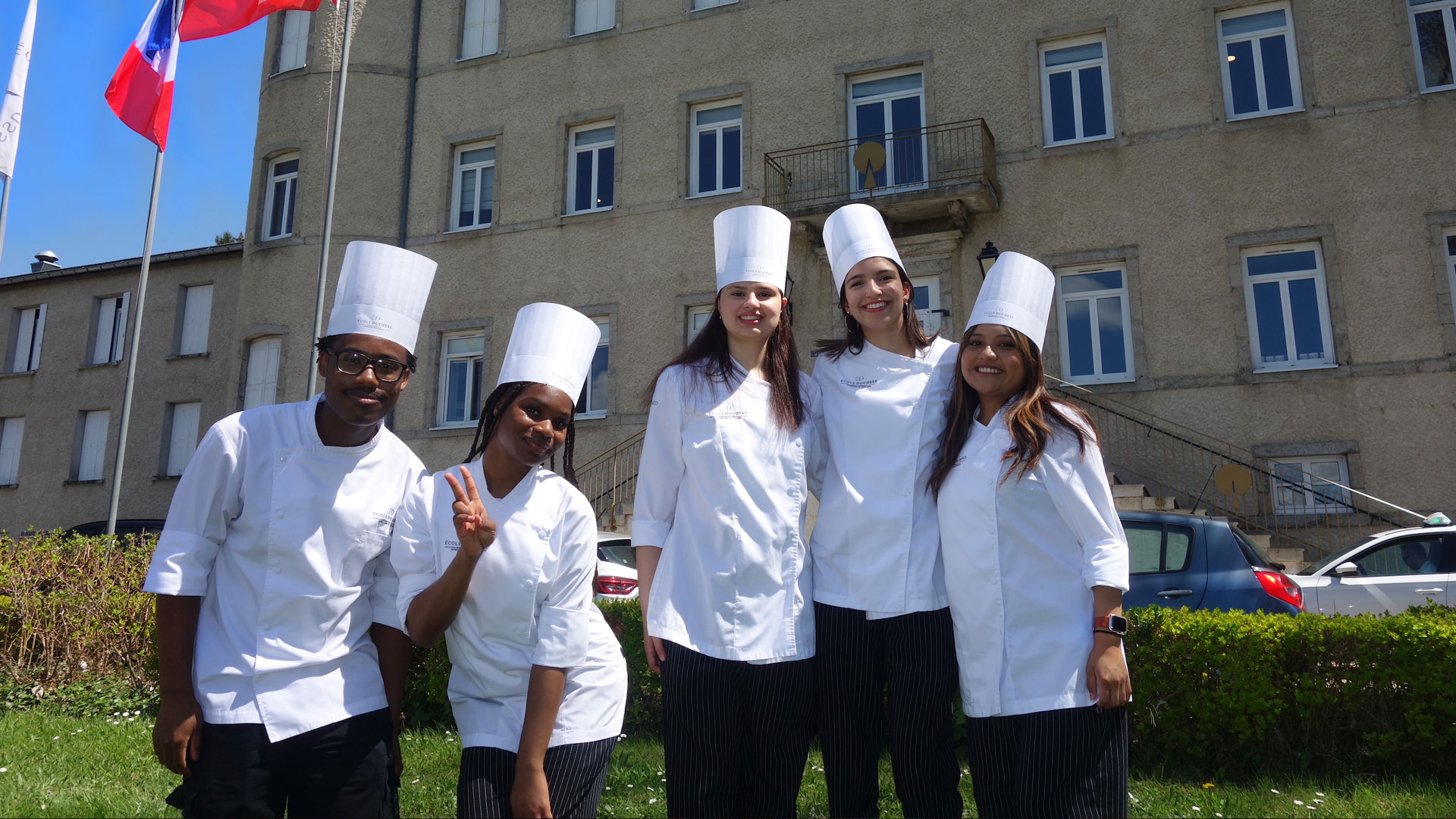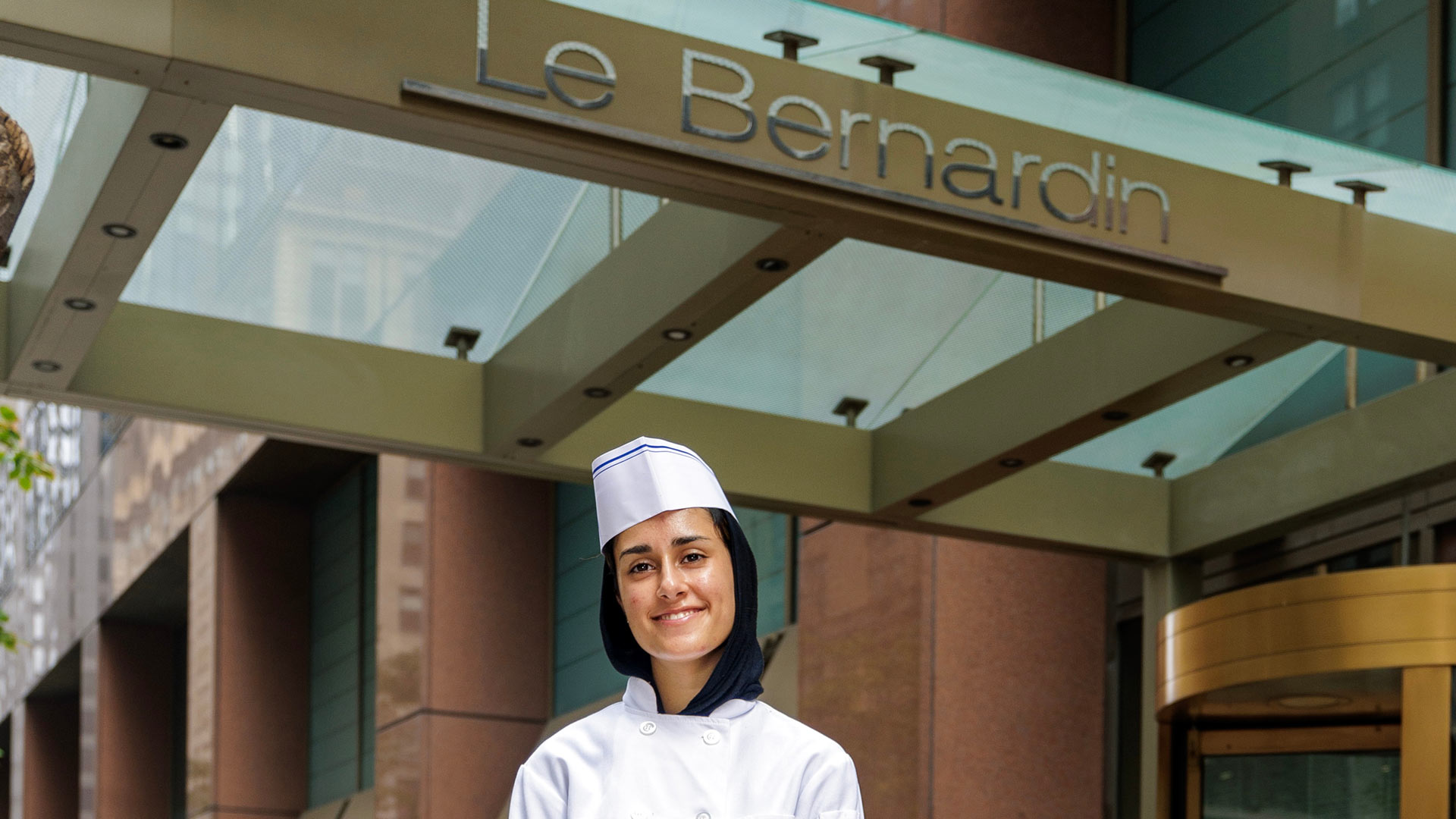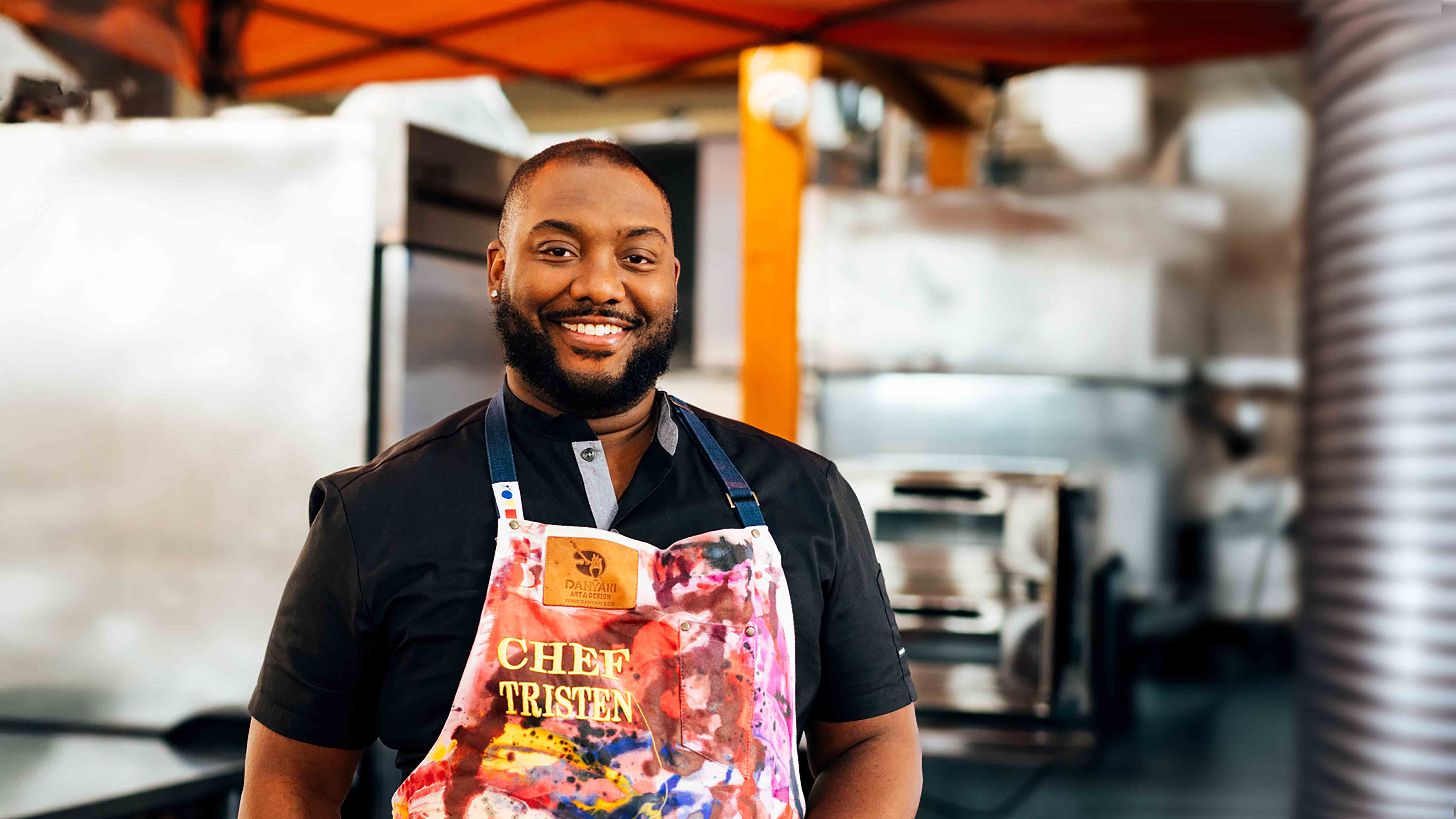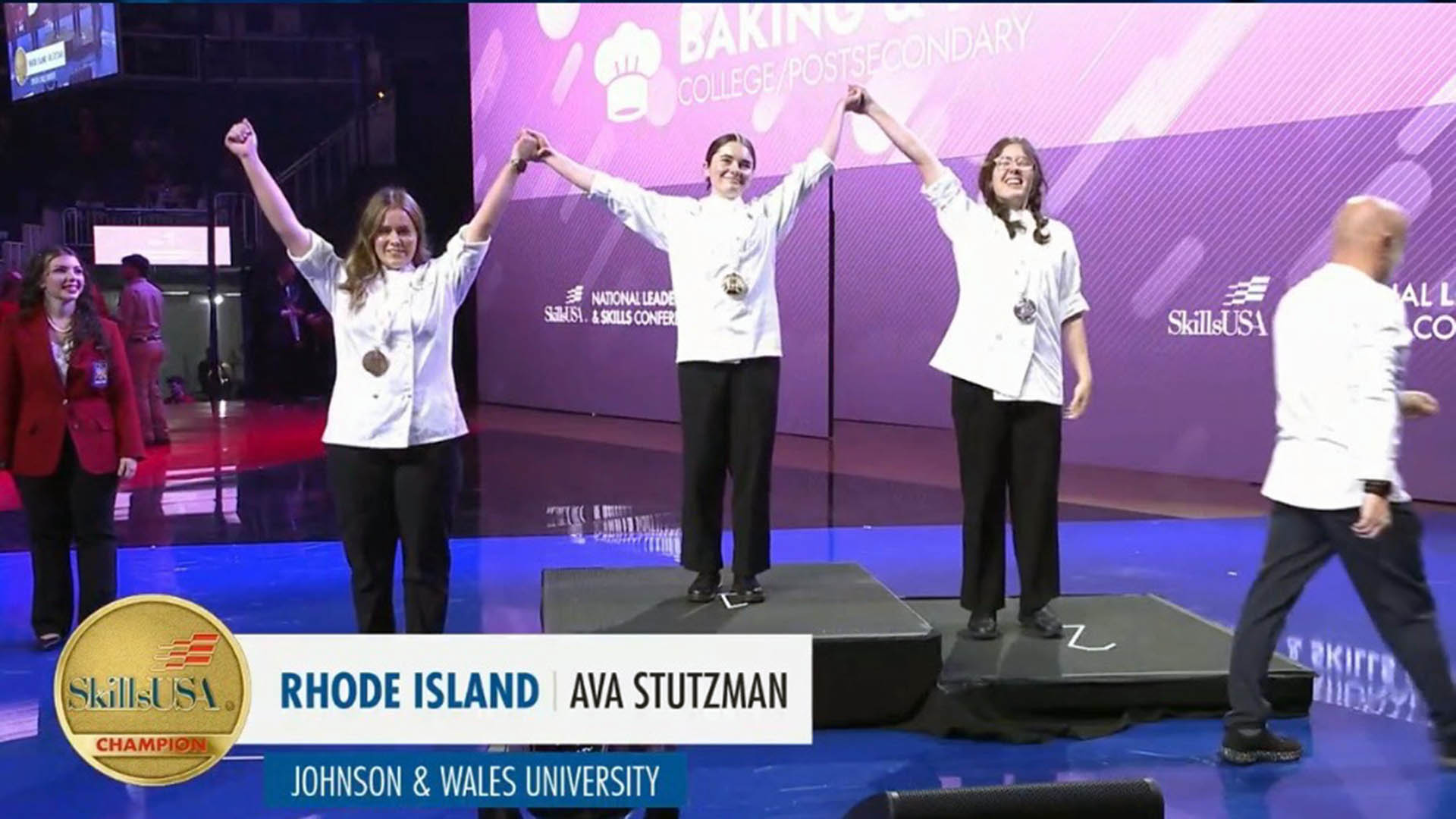Why Chefs Wear White + Other Secrets of the Culinary Uniform
While professional culinary dress — including a chef’s toque and pressed uniform — is a requirement in all JWU culinary labs, wearing a uniform is also a point of pride for students and faculty alike. From a purely visual standpoint, the stark white color is a unifying element, both democratic and functional.
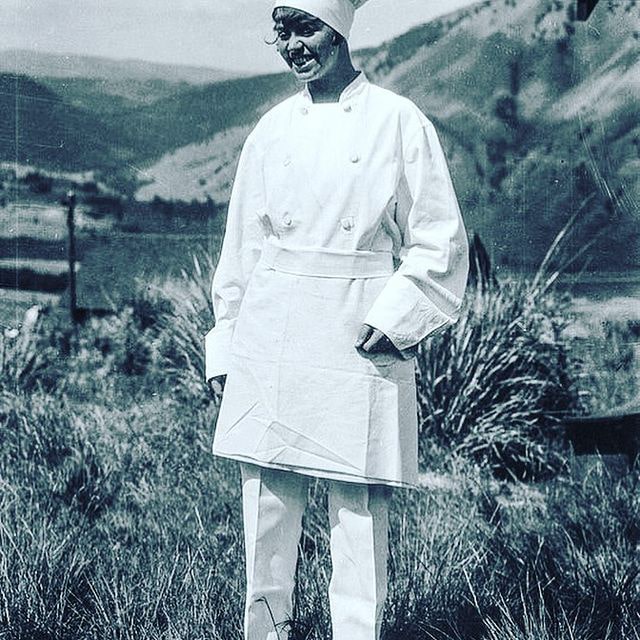
But where did the chef’s uniform come from? How did it morph into an iconic look adopted by chefs all over the world? And what does it mean to JWU students, faculty, and alumni?
Let’s examine the origins and practicality of the uniform, from head to toe:
The Toque Blanche
The origins of the toque blanche (French for “white hat”) are unclear. According to Wikipedia, the headgear dates back to the 16th century, with the number of pleats signifying the chef’s mastery over specific techniques or recipes.
But it was M. Boucher, chef to the French statesman Talleyrand (1754-1838) who is believed to have made white the standard color. A few years later, Boucher’s contemporary, the pastry chef Marie-Antoine Carême, was inspired to modernize the toque after spotting a woman on the street wearing a stiff white hat; he added a cardboard insert to give the toque blanche height and grandeur. Georges Auguste Escoffier brought the uniform’s evolution full circle when he developed the “brigade” system and established the uniform as part of the standard.
“I love that I know that I can do what I love when wearing my uniform.”
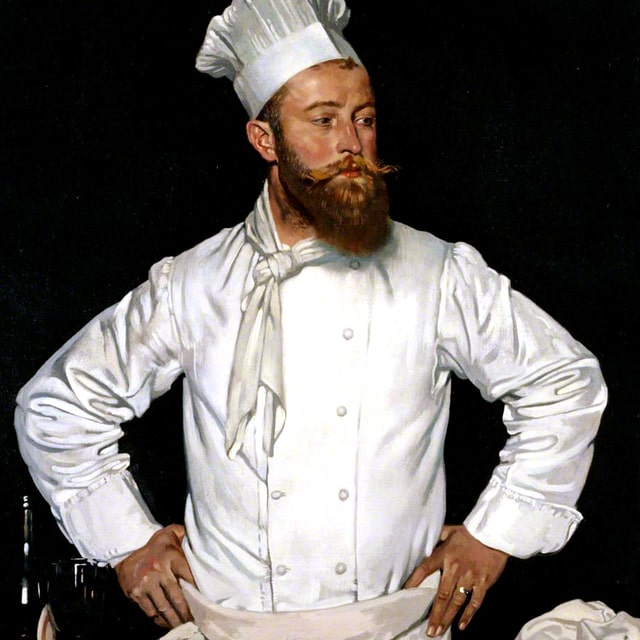
Today, the chef’s hat is many things: In a kitchen full of chefs, it creates a sense of unity and mutual respect. It bestows instant status upon the wearer. And — safety first! — it also protects the chef from splashes and spills.
The Jacket
Typically, a chef’s jacket is double-breasted (sometimes even fully reversible) and features knotted buttons. This isn’t just a consideration for fashion — the double flap gives chefs the flexibility to cover up stains by swapping from one side (stained) to the other (clean); the knotted buttons are easy to undo quickly, and are chip-resistant. And a white jacket deflects heat and can be easily bleached to remove stains. (Stain-sticks are an absolute essential for every culinary student.)
The Pants
According to Gastronomica, the checkerboard pattern that is typical may have originated with English hunting uniforms. (Pinstripes are also common.) Either black-and-white pattern is good at hiding stains. The cut of the pants is also a safety feature; note they are not worn cuffed or rolled, but straight and loose. That way, hot liquids aren’t trapped in the folds of the pants, but roll off easily. Many pants are designed with tearaway snaps so they can be removed quickly in the event of an accident or spill.
Footwear
The standard-issue shoes used by chefs are designed for comfort and safety; they are shock-absorbent, with reinforced toes (the better to repel any dropped crockery or sharp cutlery), no laces (slip-on design) and a rubber, non-slip tread that’s fully puddle-resistant. (Given the prevalence of spills in the kitchen, this is a crucial detail.)
Keeping It All Tip-Top
In the video below, Dietetics & Applied Nutrition major Jenna Seeley '22 breaks down the uniform and how to keep it crisp and stain-free:
Jenna also recommends her most indispensable culinary supplies, from the standard knife or pastry kit to a steady supply of side towels, aprons and stain sticks. (You know you’re at a culinary school when the vending machine is fully stocked with these crucial items.)
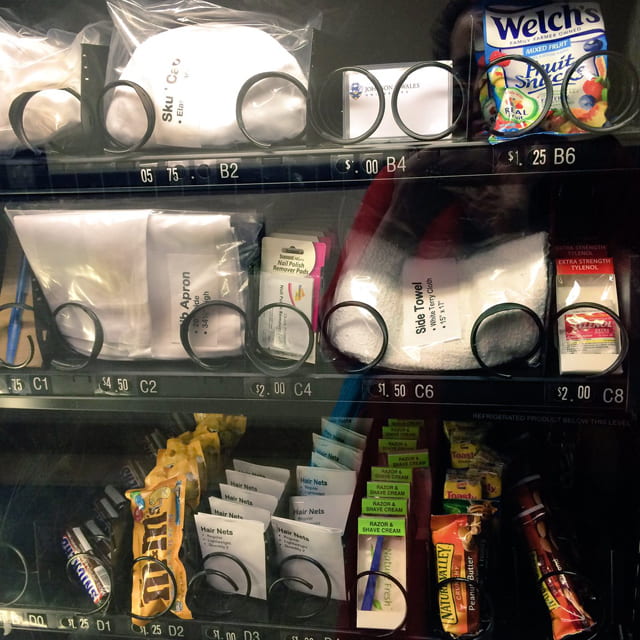
Taking Pride
An informal survey on Instagram of current students and alums reveals that the uniform remains a point of pride long after graduation.
“Love that I know that I can do what I love when wearing my uniform. I have a sense of pride and power when I wear my whites.❤️🔪”- JWU Providence Culinary Arts major Brendan Skelly
“I take great pride in putting on my chef’s coat. I especially love my JWU coat I purchase a few years back while visiting campus.❤️” - JWU alum Kelly Unger '88
“I miss the old neckerchiefs you put through a ring! Something about the weight of it around your neck I’ll never forget.” - JWU alum Elyssia Zormelo '10
“My favorite part were the neckerchiefs and the different slides you wore to hold them in place. I still have my silver (student), gold (TA) and my black when I worked as a manager at the JWU Radisson & JWU Inn 🙌. I keep them as a reminder of where I started and how far I have come. 💙” - JWU alum Anna Pereira '09, '12 MBA
“I love feeling proud and grateful for pursing my passion for cooking. I especially love that I can produce something that everyone will enjoy and seeing everyone smile as they take a bite.” - Delila Denise Torres, JWU Providence Culinary Arts major and Orientation leader
“A chef commands respect in the way in which he dresses. I love the history behind my uniform, but also the practicality of it!” - JWU alum Tyler Hamel '18
Another thing everyone can agree on: That Clorox bleach pens, Ecolab grease cutter and OxiClean color booster are indispensable for keeping their chef’s whites white!
We hope you have enjoyed this brief tour of the JWU culinary uniform and its origins. Explore JWU’s
College of Food Innovation & Technology
VISUALS: LE CHEF DE L’HÔTEL CHATHAM, PARIS, BY WILLIAM ORPEN, PAINTED CA. 1921; VINTAGE PHOTO OF A WOMAN IN A CHEF’S UNIFORM (UNDATED); JWU STUDENTS IN CLASS (BANNER AND BELOW)
